Are Method Cleaning Products Safe?
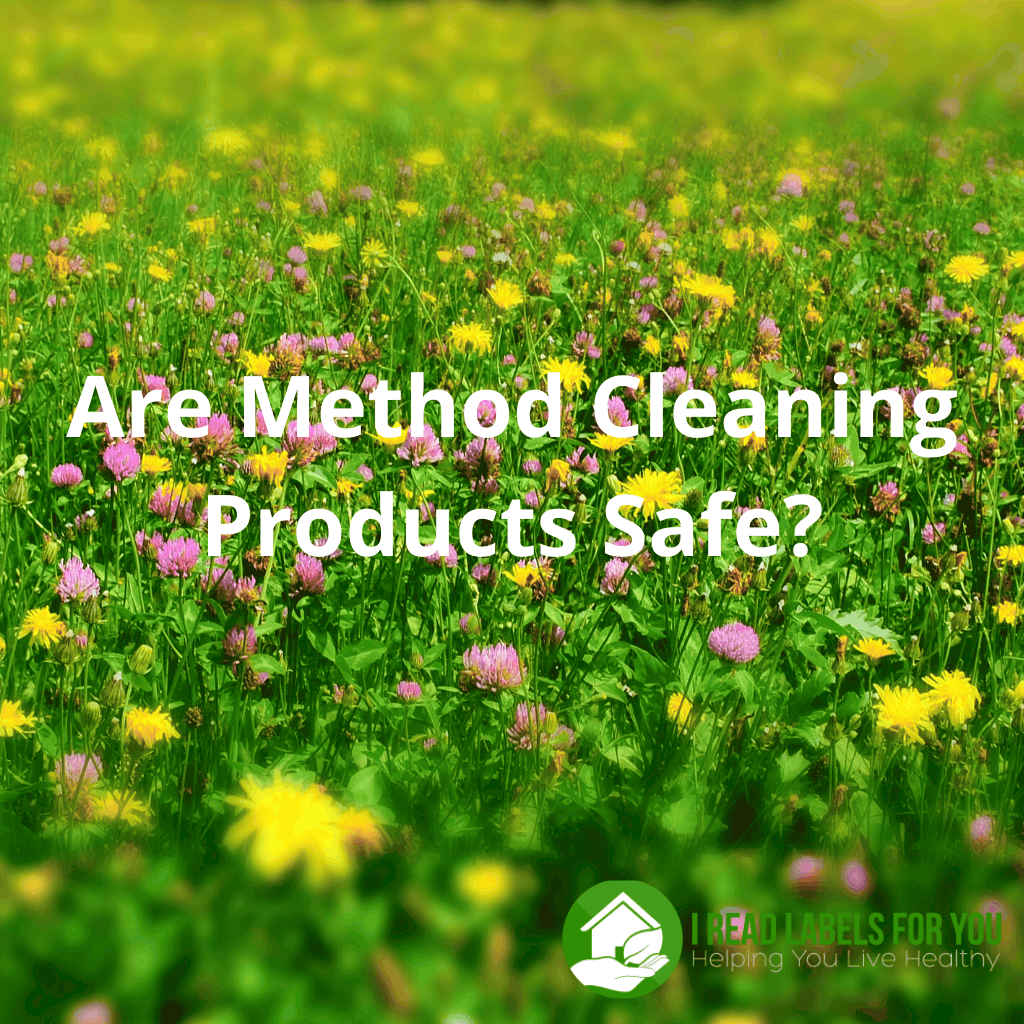
After I had just had a baby, I bought Method cleaning products because I thought they were the safest out there. What made me think that way? It was the product description with such words and phrases as “green,” “non-toxic,” and “naturally-derived.” Much to my surprise, a friend told me that the products I had bought were not as safe as I thought. So, I decided to look at the actual ingredients instead of the claims. Hence, in this post, we will discuss Method cleaning supplies and their ingredients to see whether they are safe to use.
What do “green” and “naturally-derived” mean?
To begin with, neither “green” nor “naturally-derived” automatically means a product is safe for health. Basically, what these words mean is that the ingredients are biodegradable and originate not from petroleum but rather from coconut oil in most cases.
Nevertheless, even when the source of an ingredient is as natural as coconut oil, the manufacturing process involves so many other chemicals that it is hard to consider the end ingredient natural and healthy. In my post about Mrs. Meyer’s Cleaning Products you can read about two examples of such “naturally-derived” ingredients that turn out to be pretty harmful in the end.
Therefore, it is critical to look at the ingredients themselves, and not rely solely on marketing claims. And if you do not understand something, be sure to contact manufacturers and ask. They need to hear from us and know that we are paying attention.
Method cleaning products
The Method cleaning supplies that we will talk about include an all-purpose cleaner, laundry detergent pour, dish soap, and hand wash.
Method all-purpose cleaner
These are the Method Honeycrisp All-Purpose Cleaner ingredients:
Water, Decyl Glucoside, Lauryl Glucoside, C12-16 Pareth-7, Sodium Gluconate, Sodium Carbonate, Acetate C 6 Hexylic, Agrumex, Aphermate, Dihydro Myrcenol, Galaxolide, Hexyl Cinnamic Aldehyde, Hexyl Propionate, Peach Pure, Citric Acid, Colorant (source).
In contrast to other Method cleaning products, the all-purpose cleaners have no preservatives among the ingredients. So, I contacted the company to ask them about that, and they gave me a very reasonable response. To clarify, the pH of the product is 10.5 – 11.5, which is high enough to preserve it without having to add any preservatives. Hence, the preservation system in Method all-purpose cleaners should be effective.
However, there are some ingredients of concern, namely, fragrance, surfactants, and colorant.
Fragrance in Method products
First of all, I applaud Method for disclosing their fragrance ingredients. Since there is no legal requirement to disclose fragrance ingredients, we often see ‘fragrance’ or ‘parfum’ listed on a label as if it were just one ingredient. However, fragrance is a blend of ingredients, many of which can contribute to the development of allergies, sensitization, endocrine disruption, negative environmental impact, and even cancer.
The fragrance ingredients in the Method cleaning supplies are Acetate C6 Hexylic, Agrumex, Aphermate, Dihydro Myrcenol, Galaxolide, Hexyl Cinnamic Aldehyde, Hexyl Propionate, and Peach Pure.
The European Union determined that 5 out of the 8 ingredients are toxic to aquatic life with long lasting effects. In addition, the EU has been assessing Galaxolide for endocrine disruption. Finally, the EU states that Hexyl Cinnamic Aldehyde may cause an allergic skin reaction and skin sensitization. Skin sensitization means developing an allergic reaction after repeated use. In other words, you can develop an allergic reaction to the product you were okay with at first.
As you can see, there are risks associated with the usage of Method all-purpose cleaner. Based on this alone, I would not take my chances. Additionally, I love aquatic life too much to cause it distress.
Now, let us look at other ingredients of the Method all-purpose cleaner.
Surfactants among Method ingredients
The surfactants I see in Method cleaning products are Decyl Glucoside, Lauryl Glucoside, and C12-16 Pareth-7.
I believe that decyl glucoside and lauryl glucoside belong to a group of the safest surfactants called glucosides. Indeed, they are mild enough to be used in baby washes. In fact, my favorite safe cleaning products contain these surfactants, and I consider them the safest cleaners I have found so far. Feel free, though, to read my complete research into glucosides to form your own opinion about their safety.
As for C12-16 Pareth-7, there is no safety data for it. We also know that it is an ethoxylated ingredient. That is to say, it was created through the process of ethoxylation. To clarify, in this process carcinogenic ethylene oxide is reacted with other ingredients to make them less harsh on the skin. As a result, carcinogenic 1,4-dioxane is created in this process and can remain in the end product as a contaminant.
Additionally, studies performed by the United States Food and Drug Administration (FDA) show that 1,4-dioxane can penetrate human skin. As consumers, we cannot know for sure if there is any residue of this contaminant in the products we apply to our skin.
Therefore, I firmly believe that bodycare and household products should not be made with carcinogenic chemicals. Besides, these chemicals are not good for either the environment or for the workers who make the product. That is why I don’t recommend Method cleaning supplies that have ethoxylated ingredients.
Colorants in Method cleaning products
The problem with colorants is that they may contain residues of heavy metals and petroleum-based carcinogenic contaminants such as PAHs. I wish Method did not have colorants in their cleaning supplies, because they are not vital for those products at all. If you think about it, who cares what color their cleaning products are. To learn more about the danger of dyes in cosmetic products, head over to my post Heavy Metals in Makeup.
Method laundry detergent
These are the ingredients in the Method Fresh Air Detergent Pour:
Water, C12-16 Pareth-7, Sodium Lauryl Sulfate, Glycerin, Ethanol, Sodium Chloride, Limonene, Citronellol, Linalool, Coconut Fatty Acid, Trisodium Salt Of Methylglycinediacetic Acid, Polyester, Carboxymethylinulin, Calcium Chloride, Protease, Sodium Hydroxide, Disodium Distyrylbiphenyl Disulfonate, Pectinase, Alpha Amylase, Benzylisothiazolinone, Phenoxyethanol, Methylisothiazolinone, Mannanase, Denatonium Benzoate, Proprietary Colorant Blend (source).
Contains Fragrance Allergens
As you can see, the C12-16 Pareth-7 surfactant that we discussed above is here, too. Also, there are colorants and fragrance ingredients that have a connection to allergy, such as Limonene, Citronellol, and Linalool (source).
On top of that, there are very concerning preservatives in this laundry detergent, which are also in other Method cleaning supplies.
Just as in many household cleaners, the preservatives in Method cleaning products are benzisothiazolinone, methylisothiazolinone, and phenoxyethanol.
Benzisothiazolinone among Method ingredients
First, the Skin Deep database rates benzisothiazolinone at 3-6, but it used to rate it at 6. (For some reason, perhaps to seem more friendly, the EWG’s rating system seems to have been softened across the board recently. Out of an abundance of caution, I usually provide the rating before the change, because that is what I go by myself.)
Second, with respect to systemic toxicity, the European Union’s Scientific Committee on Consumer Safety (SCCS) considers this preservative safe for use in cosmetics products in amounts up to 0.01%.
Nevertheless, the SCCS states that benzisothiazolinone is a known sensitizer. From the point of view of sensitization, there is no data as to the safe levels of exposure to this ingredient. Therefore, until the levels are established, the use of this preservative in products cannot be considered safe in relation to sensitization (source).
Methylisothiazolinone and phenoxyethanol in Method cleaning supplies
Further, methylisothiazolinone (MI) has a link to contact allergy and a rating of 4-7 out of 10 in the Skin Deep database, whereas it used to have a rating of 7.
On top of that, in 2013 the American Contact Dermatitis Society named it Contact Allergen of the Year. Above all, lab studies on the brain cells of mammals suggest that MI may be neurotoxic.
As for phenoxyethanol, the American Society of Contact Dermatitis lists it as one of its core allergens, even in concentrations as low as 1%. Please read my post about the safety of phenoxyethanol to learn more about this ingredient.
Clearly, Method cleaning supplies do not have the best choices of preservatives.
Method dish soap
These are the ingredients of one of the other Method cleaning products – Free+Clear Dish Soap:
Water, Sodium Lauryl Sulfate, Lauramine Oxide, Decyl Glucoside, Lauryl Glucoside, Ethanol, Glycerin, Sodium Chloride, Citric Acid, Methylchloroisothiazolinone, Methylisothiazolinone (source).
In addition to the glucoside surfactants mentioned above, the dish soap contains sodium lauryl sulfate and lauramine oxide. Lauramine oxide is toxic to aquatic life with long lasting effects and may cause skin irritation (source). Sodium lauryl sulfate is also toxic to aquatic life and may cause skin or respiratory irritation (source).
Besides, the dish soap contains methylisothiazolinone and methylchloroisothiazolinone preservatives (MI and MCI respectively). They both have a link to a higher risk of allergic contact dermatitis and sensitization.
On a positive note, this particular kind of dish soap is the only one among other Method dish soaps that has no fragrance. In other words, there is no risk of an allergic reaction to fragrance ingredients.
Thus, if you are currently using Method dish soap, I recommend wearing gloves. It will protect you from possible sensitization and, as a result, an allergic reaction.
Method hand wash
These are the ingredients of Method Lemon Mint foaming hand wash:
Aloe Barbadensis Extract, Citric Acid, Cocamidopropyl Betaine, Colorant, Fragrance (Parfum), Glycerin, Methylchoroisothiazolinone, Methylisothiazolinone, Sodium Chloride, Sodium Citrate, Sodium Lauryl Sulfate, Tocopheryl Acetate (Vitamin E), Water (source).
First, there are the methylchoroisothiazolinone and methylisothiazolinone preservatives in the hand wash just as in the other Method cleaning supplies.
Second, the formulation does not disclose the fragrance ingredients.
Third, in addition to sodium lauryl sulfate, Method cleaning products use cocamidopropyl betaine as a surfactant.
Cocamidopropyl betaine as a surfactant
This ingredient functions as a lathering agent. However, the Cosmetic Ingredient Review Panel states that it has the potential to cause sensitization. The latter is due to the contaminants DMAPA and Amidopropyl Dimethylamine (Amidoamine). Hence, the Panel warns manufacturers to cut down on concentrations of the sensitizing impurities.
Additionally, the American Contact Dermatitis Society refers to cocamidopropyl betaine as an allergen, even in concentrations as low as 1%. Furthermore, the Society named this surfactant the Allergen of the Year in 2004 (source).
Conclusion about Method cleaning products
In answer to the question as to the safety of Method cleaning supplies, I choose not to recommend them. However, I appreciate the absence of harsh preservatives in their all-purpose cleaner and the fragrance-free option for dish soap.
As always, I put emphasis on the importance of looking at the ingredients. For help with assessing a product’s safety in a matter of seconds, please check out this Savvy Consumer Superpower.
Also, visit my IRLFY shop to check out the products, including cleaning products, I approve of and recommend. Specifically, I am a fan of these non-toxic cleaners that have the safest ingredients I have seen in household cleaners. Plus, they are rather economical!
Finally, for my opinion on a certain product, do not hesitate to book a consultation with me. I will be happy to assist you.
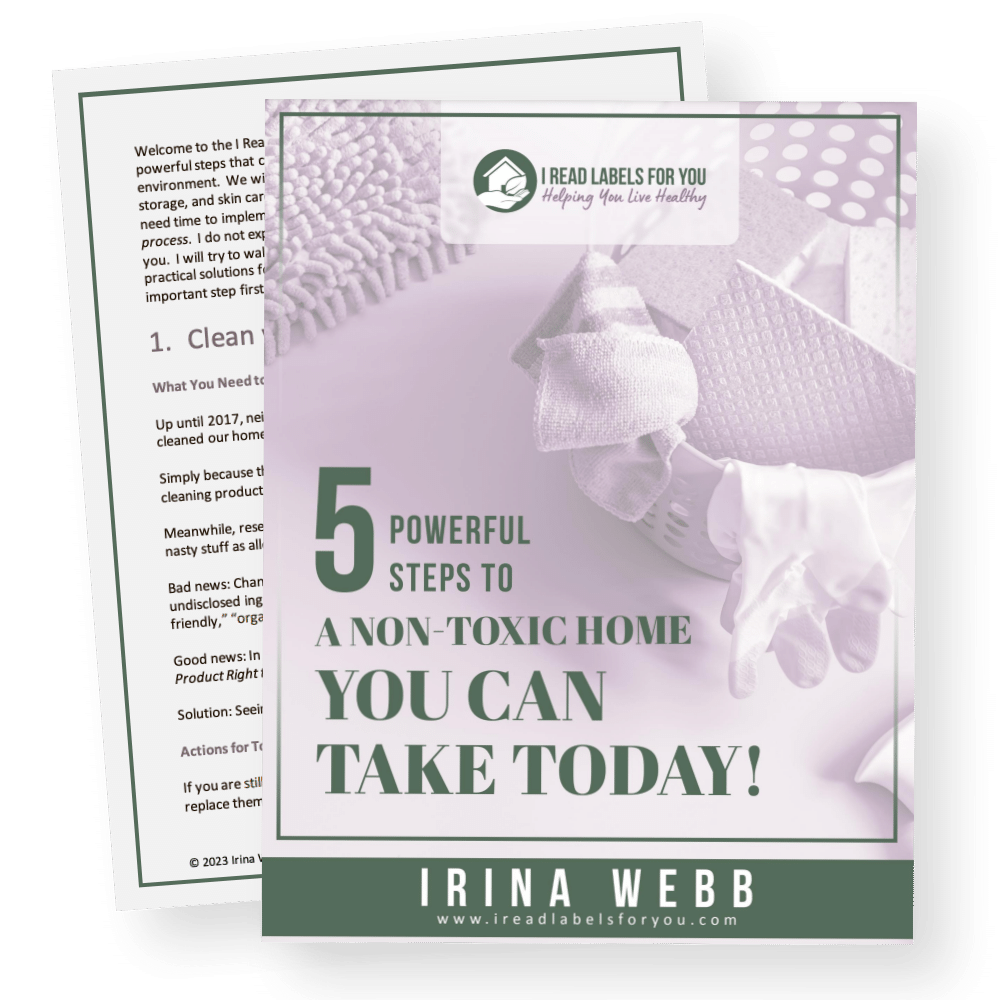
Download The Free Guide!
5 Powerful Steps To A Non-Toxic Home
Join our informed consumer community and get our free guide the “5 Powerful Steps To A Non-Toxic Home”.

 Written by
Written by 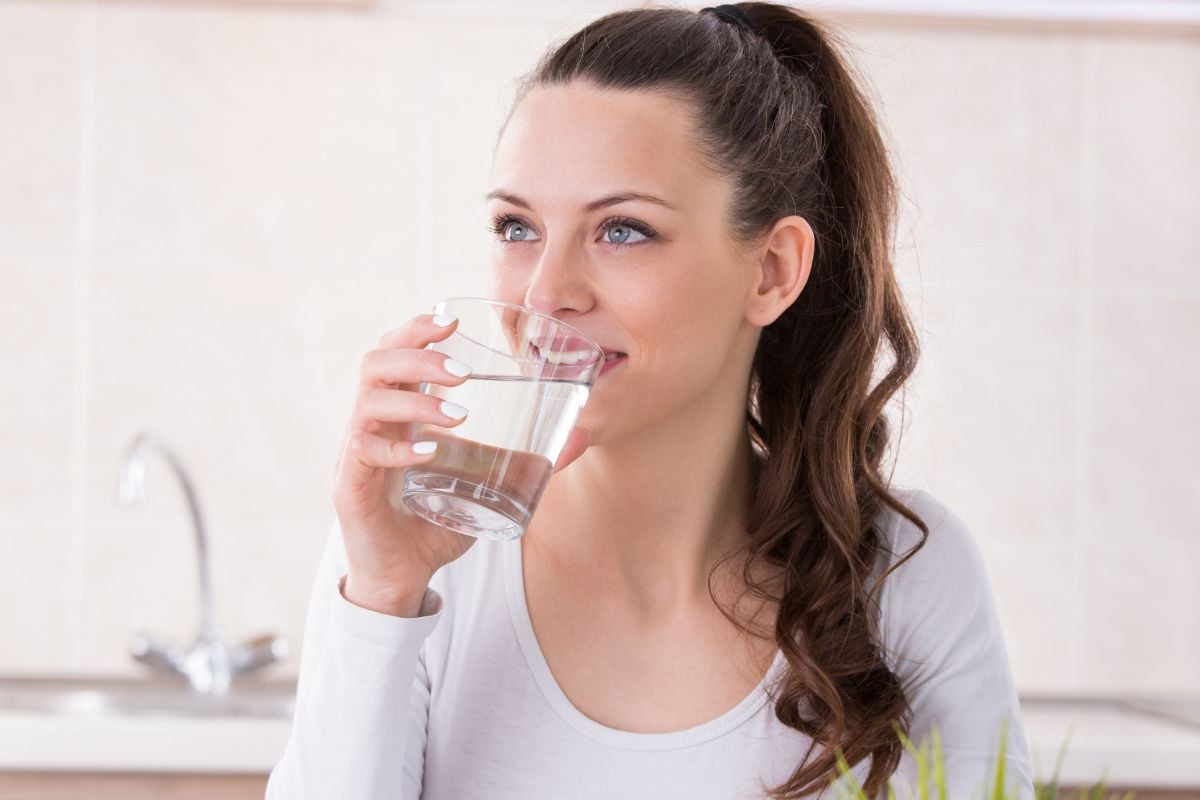
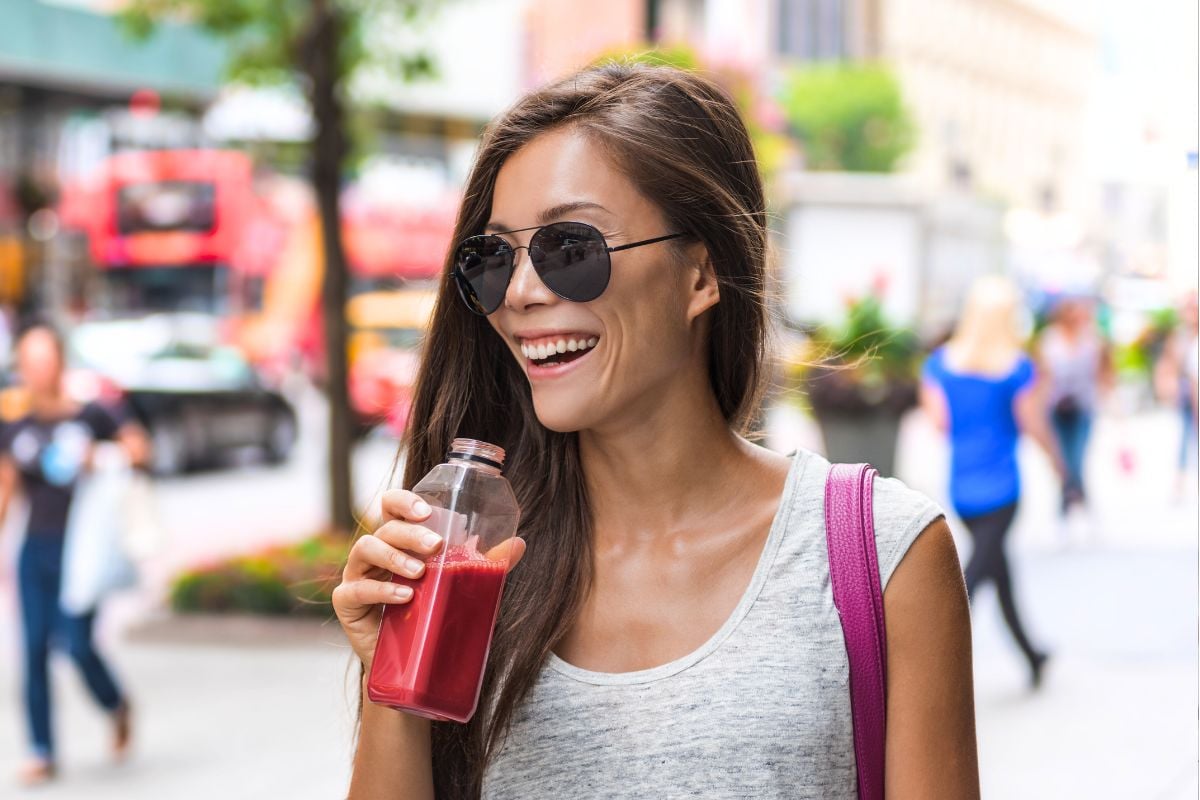
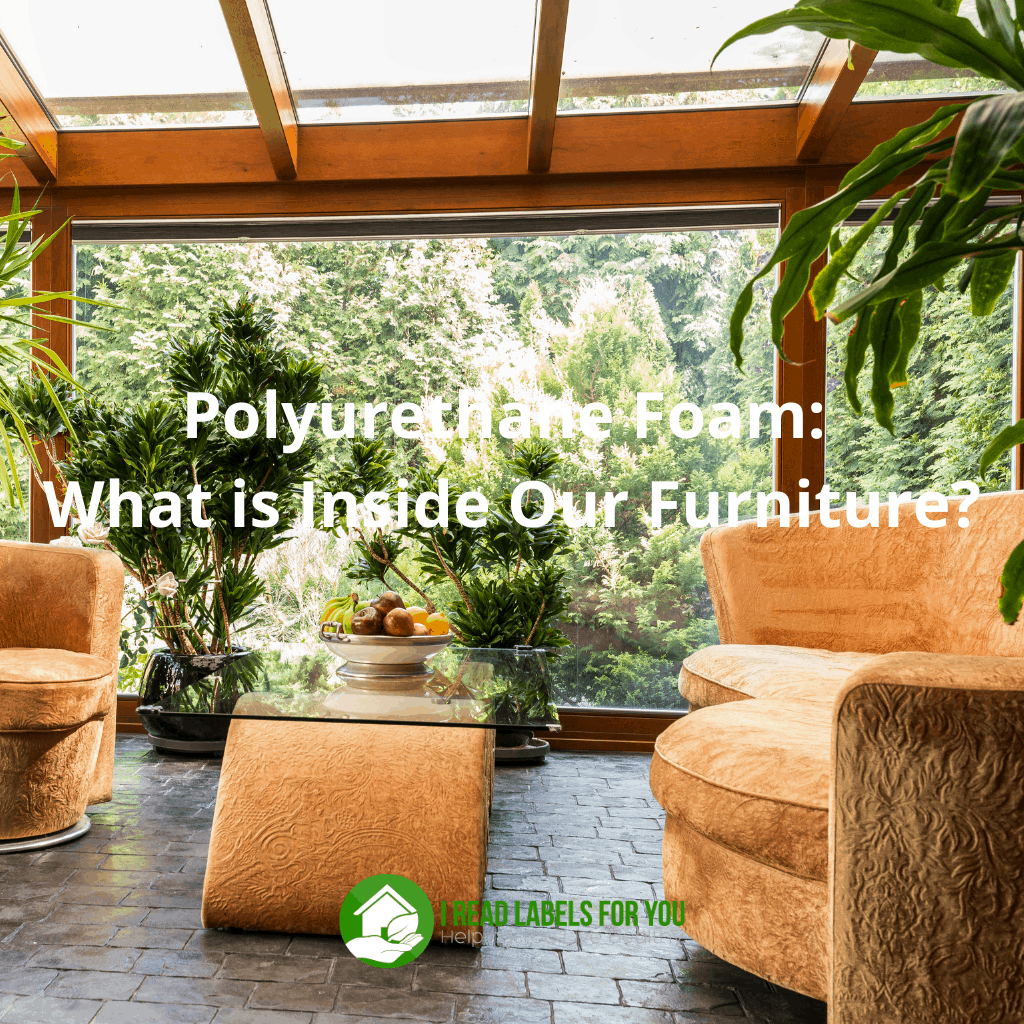
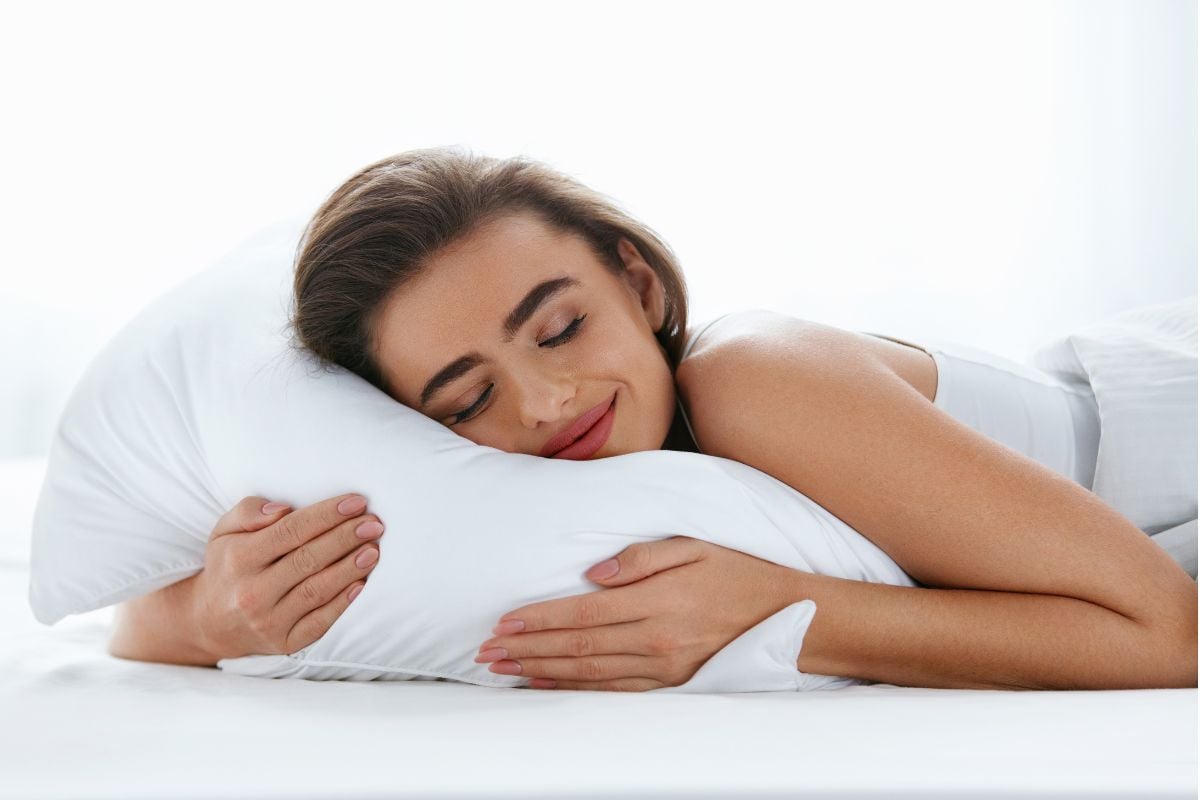
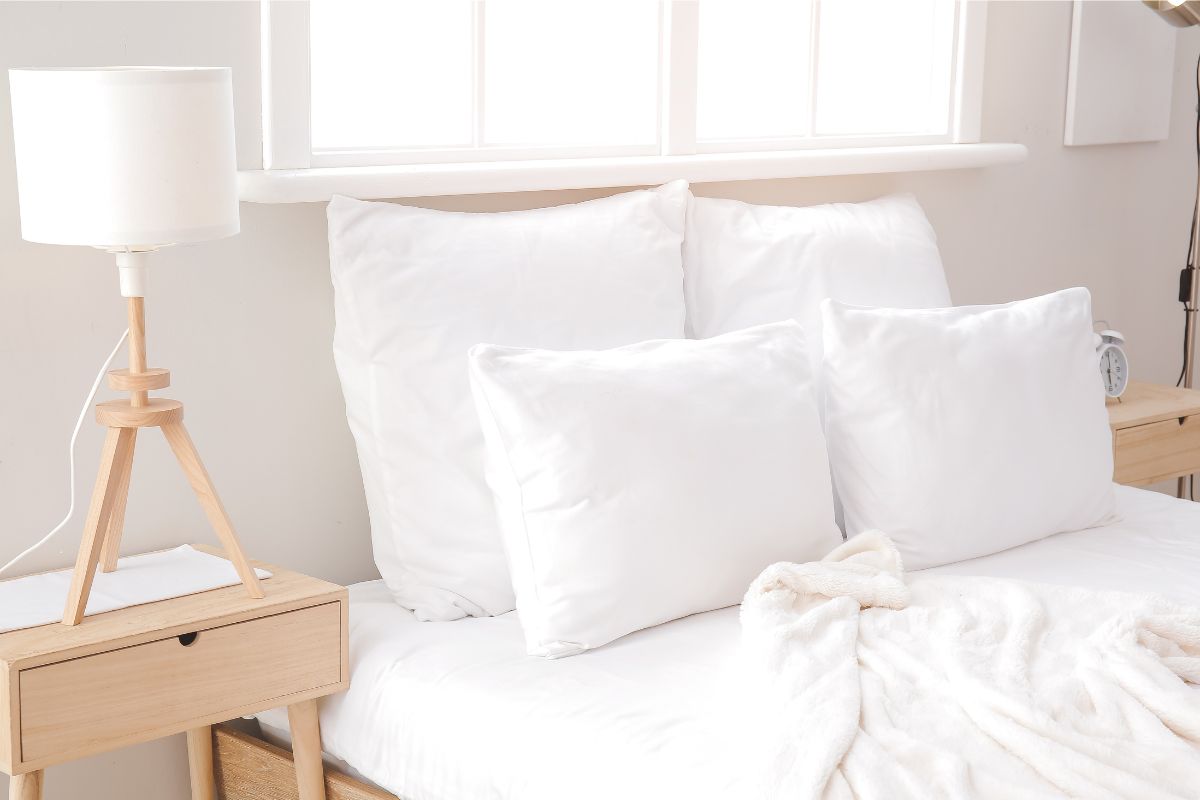
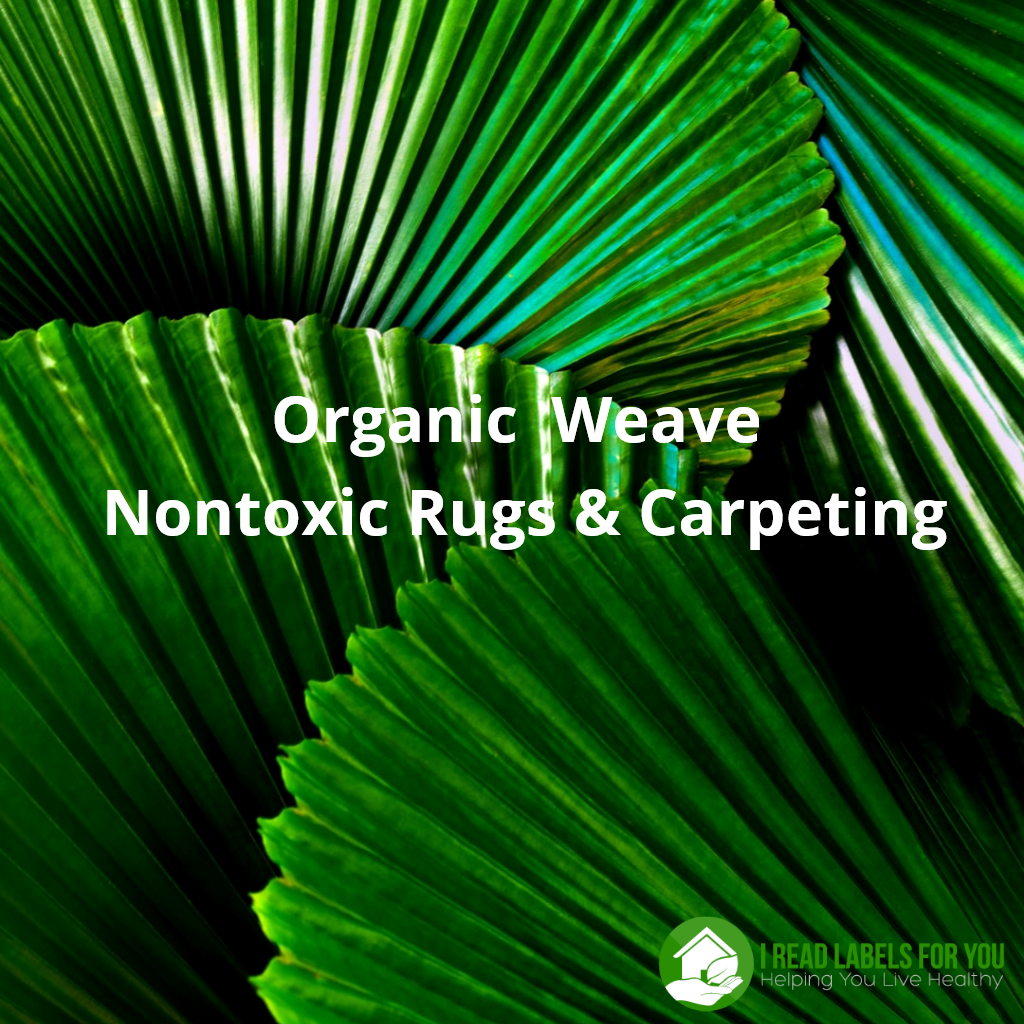
Thanks for your site. Years ago, I developed MCS/Fibro/CFS. It was shocking for me to learn that my HFS was selling greenwashed products. What was even worse was finding a non-toxic cleaning product and then reacting to it, only to find that they had been purchased by a big brand corporation. These companies sold out. You really have to be on your toes.
I got lazy and when I saw all the “plant based” advertising on Method’s website, I allowed our cleaners to use these products. I felt horrible after they used the products. That’s all I need to know they’re toxic. Greenwashing at its best.
Thank you for your feedback and sharing!!
so what is the safest dish soap to use???
We have several options on our website. Type the search word “dish soap” in the search bar and you will see what we have to say on the subject as well the safe dish soap options.
I’m no expert but if anyone is still wondering how to dispose of their Method or any other products safely I would suggest putting it in some sort of container and throwing it in the trash. That way at least it will be in a landfill and not waterways that could hurt aquatic life or contaminate our drinking water. I understand this isn’t 100% perfect but I think it’s better than dumping it down the sink.
I agree with Maria we shouldn’t overwhelm ourselves when transitioning to safer products. However these products seem pretty bad so I can understand why someone would want to immediately stop using them.
Being in a landfill, it will ultimately wind up in the earth/water. I suggest contacting your local hazmat pickup service (most cities offer something for free or cheap) and dispose of it properly.
I have a large container of the Method refill in pink grapefruit, 3/4 full. What’s the best way to dispose of it?
Hi Flowerlady! Thank you for the question! Unfortunately, there is no way to dispose of this product without any consequences because it will get into the water or soil anyway. On our website we promote stress-free transition to safer products. You could finish using this product and then just order a different one.
Is there a cleaning brand you recommend?
Hi, Anna: one of my favorites is this one: https://ireadlabelsforyou.com/product/branch-basics-all-purpose-cleaner-concentrate/. And you can find other cleaning products in the Healthy Cleaning section of my Shop: https://ireadlabelsforyou.com/product-category/healthy-cleaning/ Does it help? THank you for asking. ~Irina
i have been usin method antibac sprays for a year and when i use them in the kitchen i have realized only now that that they make me lightheaded and feeling sick
I am a cleaner and a client has the Anti Bac Bathroom cleaner. Used it again today and felt sick dizzy, have a headache and feel quite disorientated. Covid test clear. I also find it affects my voice, it seems difficult to speak
Hi, Hazel! Thank you for sharing! We are sorry to hear about the reaction you have to the cleaner! Is it possible for you to use your own cleaners, non-toxic ones, at your clients’ homes?
I may have missed the best liquid dish soap and automatic dish soap with No Toxic Chemicals Thks.
Greenwashing at its best! I bought several packs of their Gel Hand Wash Free of Dyes and Perfumes at the beginning of my non-toxic living journey because I didn’t know better. As soon as we finish them we’ll switch to castille soap. Plus I’ve recently found out both Method and Ecover were bought by Johnson several years ago, yet another reason to be wary of these brands.
It’s so good to hear from you, Elena! ~Irina
As soon as Method was first on the market I read the labels and realized it was massive GreenWashing rubbish. Method was created for supermarket Big Box stores. Unfortunately so many companies that started out very pure wound up being sold to new owners and the ingredients became degraded. Seventh Generation brand is an example. It is CRAP but very slick packaging and public relations advertising and I am stunned how the majority of people think it is a “green” product!
Thank you for sharing, Colleen. That’s why it is important to read ingredients, not rely on marketing and advertisement. ~Irina
Great information, Irina!! Yes, I am one who believed Method products were safe. I just switched over to their laundry detergent and now I’ll return to my former one. Thank you so much for the eye-opening information! I will be forwarding your information to others.
Rita
Hi, Rita: I’m so glad you found this post helful. Thank you for letting me know. ~Irina